READY TO GET STARTED?
REQUEST A FREE ESTIMATE
Fill out the form below or call (888) 466-7849 for a free, no-obligation estimate.
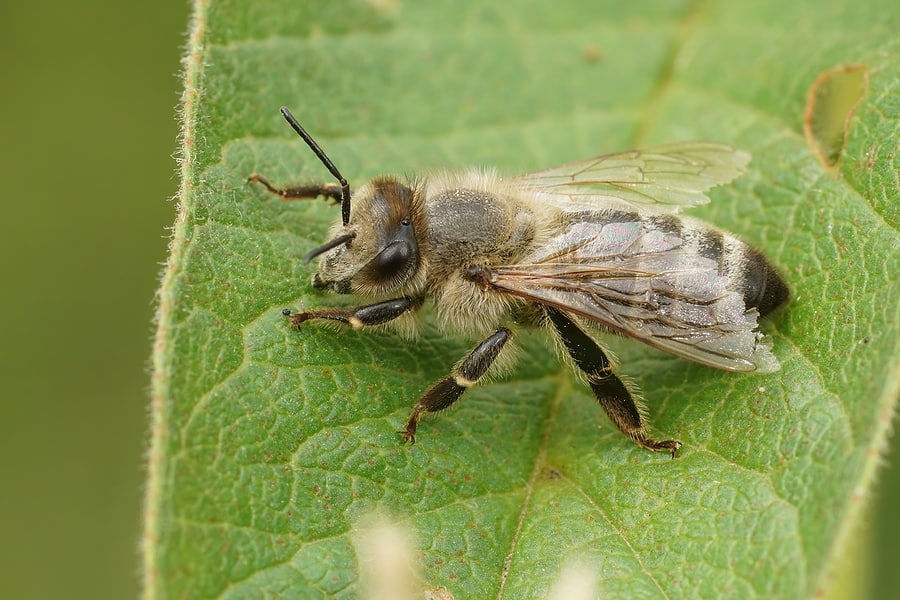
Bumblebees and honeybees are both important pollinators that play a critical role in our ecosystem. However, they are different in several ways, from their physical appearance to their behavior and habitat. Let’s explore the differences between bumblebees and honeybees.
One of the most obvious differences between bumblebees and honeybees is their physical appearance. Bumblebees are larger and hairier than honeybees, with rounder bodies and more robust wings. Their bodies are covered in dense hair, which makes them look fuzzy, and they have a distinct black and yellow striped pattern.
Honeybees appear smaller and have slimmer bodies. These insects have a distinctive golden color and a more pronounced abdomen. Their wings are also narrower and more translucent than bumblebees.
Both types of bees also differ in their behavior. Bumblebees are social insects that live in small colonies with a few hundred bees. They are active during the day and prefer to forage on flowers that are close to the ground. They are also excellent pollinators for plants that require a buzz pollination technique, such as tomatoes and blueberries.
Honeybees, on the other hand, are highly social insects that live in large colonies with tens of thousands of bees. They are active during the day and prefer to forage on flowers located higher up. They are also known for their ability to communicate with each other using a complex system of dances, which helps them find food sources.
Honeybees and bumblebees have different habitat preferences due to their distinct nesting behaviors. Honeybees prefer to nest in cavities such as hollow trees or rock crevices; whereas bumblebees prefer to nest in underground burrows, such as abandoned rodent holes, or in above ground areas like abandoned bird nests.
If you believe you have found a honeybee or bumblebee nest on your property, give our team a call today for a safe bee relocation and removal.
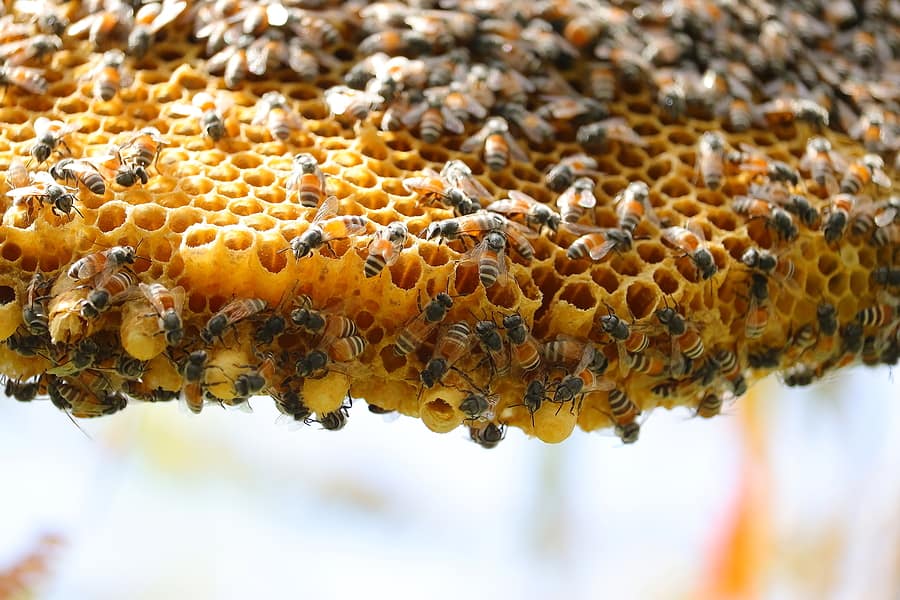
Honeybees play a vital role in our ecosystem, as they are responsible for pollinating various crops we eat daily, including fruits, vegetables, and nuts! Unfortunately, sometimes these insects will build their colonies in inconvenient places, such as inside our walls, eaves, and roofs. Luckily, there is a safe and sustainable solution when these situations happen for both our home and the bees with Honeybee Relocation Services. Learn more about honeybee relocation services and how they can support your home!
Relocation services involve carefully removing honeybees and their colonies from unwanted locations and relocating them to more suitable environments for them to produce their honey and live. This service must be performed by a certified beekeeper who has the knowledge, skills, and equipment required to handle these insects safely and effectively.
Relocation services help the preservation of honeybees. These insects are essential to our food system, making it important to continue efforts to maintain a healthy bee population! Instead of eliminating these insects, their preservation will help continue their pollination of our crops and sustain our environment.
A certified beekeeper will arrive at your home to inspect and locate the honeybees and other factors before removing the colony. On the day of the relocation, your beekeeper will begin accessing the colony if it’s found in walls or attics. Once the beekeeper has access, they will carefully remove the honeybees from their current location, which may involve physically removing the bees from their colony or using special tools to place them into the bee box. Once they have been safely removed, the beekeeper will transport them to a new location where a hive will be set up to provide a suitable environment for the bees to thrive!
Honeybee relocation services aim to safely remove and relocate these insects without harming them or damaging your home. If you’re interested or would like more information on Honeybee Relocation Services, reach out to your local pest control company.
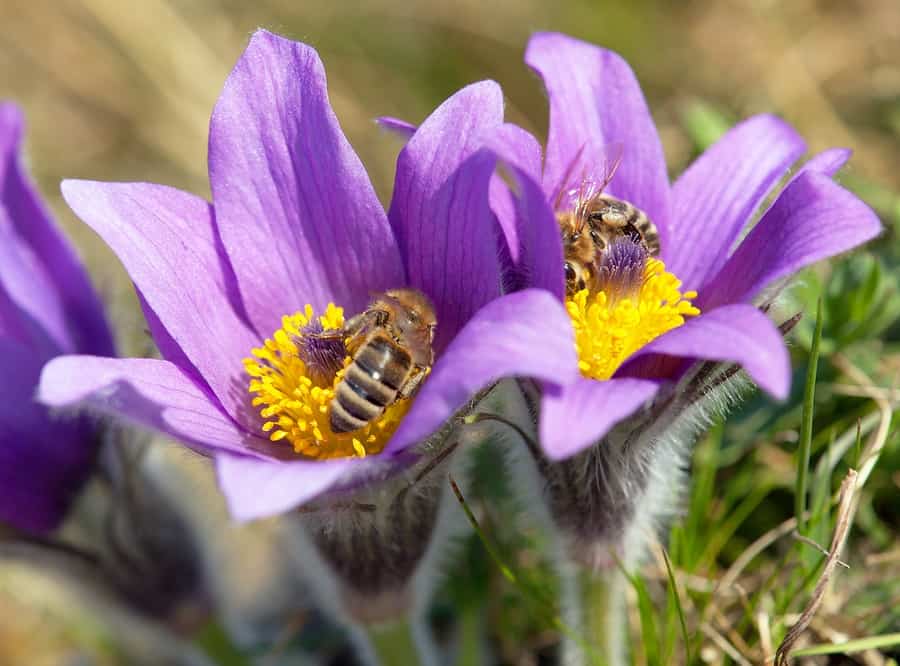
It’s a little-known fact that every good garden needs a pollinator and bee. Without the help of these friendly pollinators, there would be fewer flowers and vegetables. If you want more visits from honeybees, follow these simple tips.
Bees are interested in two things when visiting your garden:
An effective way to attract bees into your garden is to plant flowers that offer these two main food sources. Try to plant non-hybridized flowers in your garden, as they typically do not produce enough pollen or nectar for our helpful pollinators.
Here are some other helpful tips to keep the bees around:
We hope these tips help bring the honeybees back to your garden, so they can do what they do best: pollinate! If you discover an active colony near or around your garden, then reach out to your local certified honeybee removal company to safely remove these colonies and relocate them to a safer location.
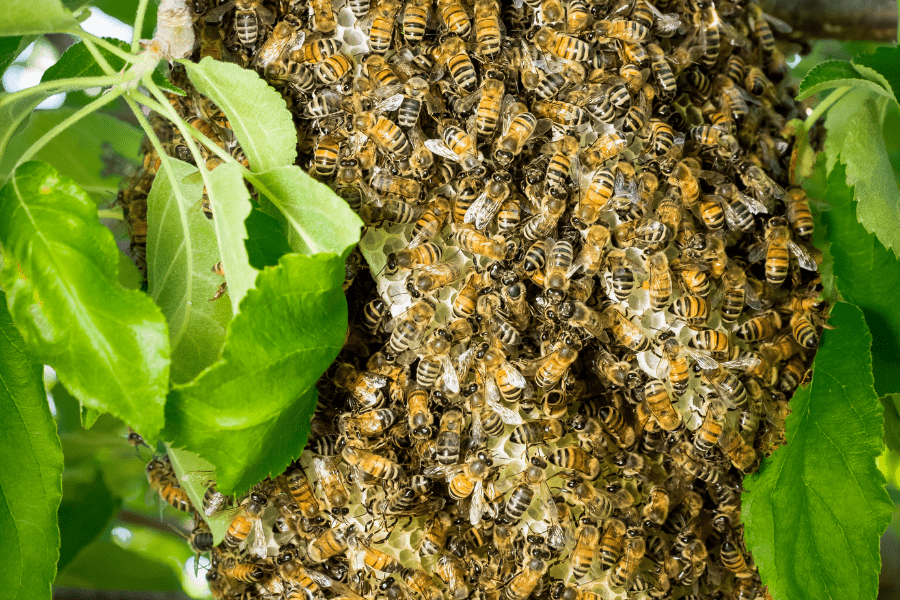
Colony Collapse Disorder (CCD) is a phenomenon that occurs when the majority of working bees in a colony disappear and leave behind the queen, and the rest of the colony. Hives cannot sustain without worker bees and the colony would eventually die. Fortunately, what was once thought to be a major long-term threat to bees, CCD has been reported to have dropped over the last few years.
Some of the best tell-tale signs of CCD are discovering a few dead bees around and near the colony and a lower population of a colony. Another is discovering the queen and young bees remaining with an abundance of honey and pollen reserves. Colony Collapse Disorder isn’t the only reason for a declining colony; here are some other reasons as to why a hive has died:
The honeybee community understands how detrimental it is to discover a colony collapse no matter what the reasoning is. As a homeowner, there are some ways for you to get involved with helping the bees:
If you discover a beehive on or around your property, be sure to reach out to your local certified honeybee removal company to ensure the safety of the hive and colony.
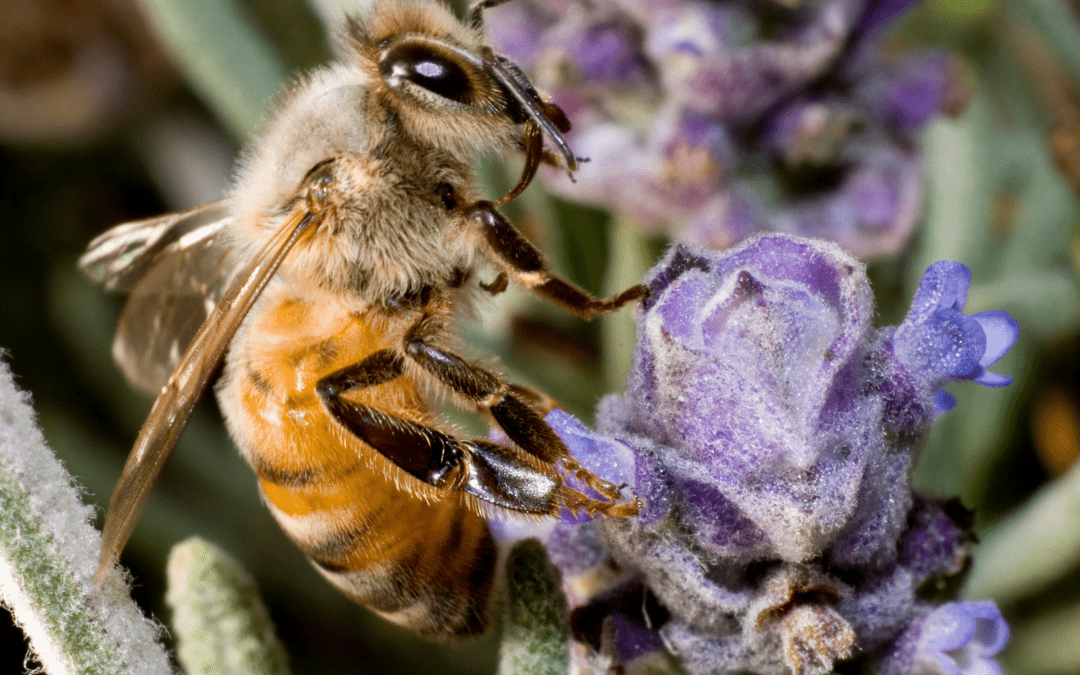
When you’re planning and planting your garden this year, every homeowner should consider adding some plants that attract honeybees to your yard. Allowing honeybees to enter your yard can help assist them with the very important job they have – pollinating. Honeybees alone can pollinate up to 80 percent of all flowering plants, including fruits and vegetables. It’s vital to give them the space they need to complete this task.
Honeybees have incredible ultraviolet vision. They are unable to see the color red but can see colors that are on the ultraviolet spectrum. They can also use odor cues to locate flowers nearby. Many flowers attract bees, including bee balm, echinacea, snapdragon, hostas, and evening primrose. Continue reading to discover which flowers you should plant in your garden next.
These are just a few of the flowers that attract honeybees to your garden to help elevate pollinating. Making sure honeybees have a place to work is important for all humans and the environment. Even planting just one of these plants in your yard is enough to assist the bees.
If you notice a bee colony is nearby and needs to be moved to a safer location, then reach out to your local pest control company that can provide a safe bee relocation.